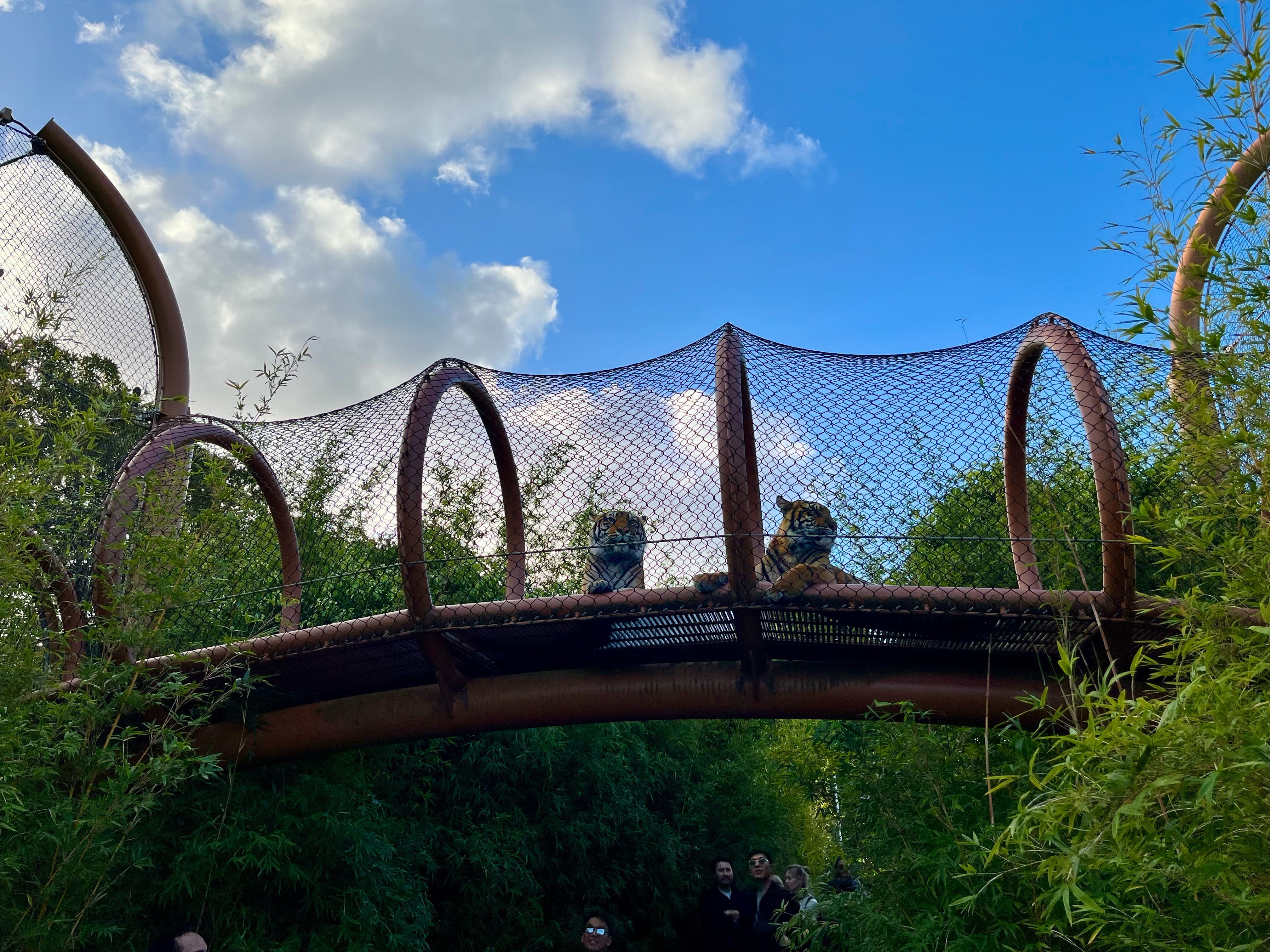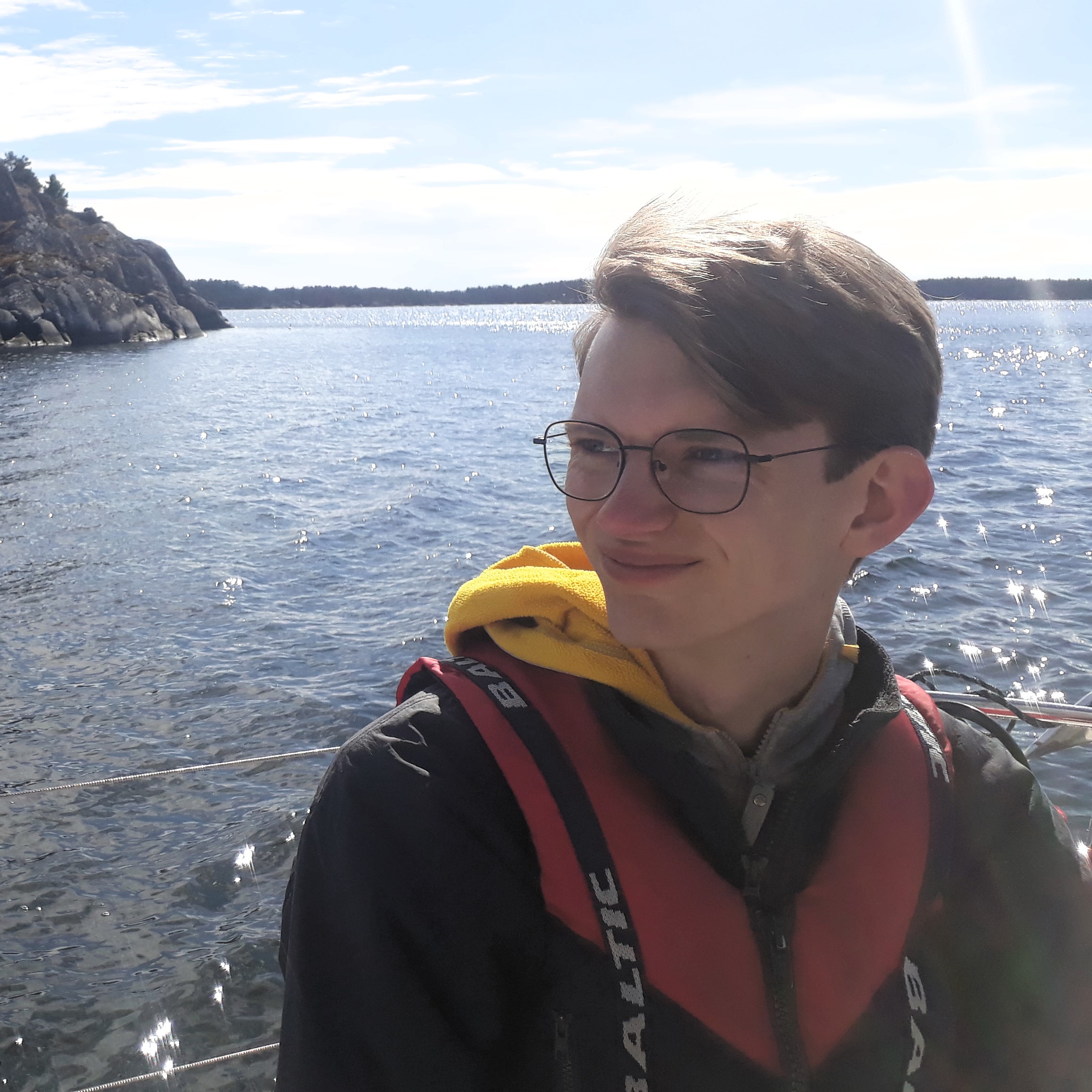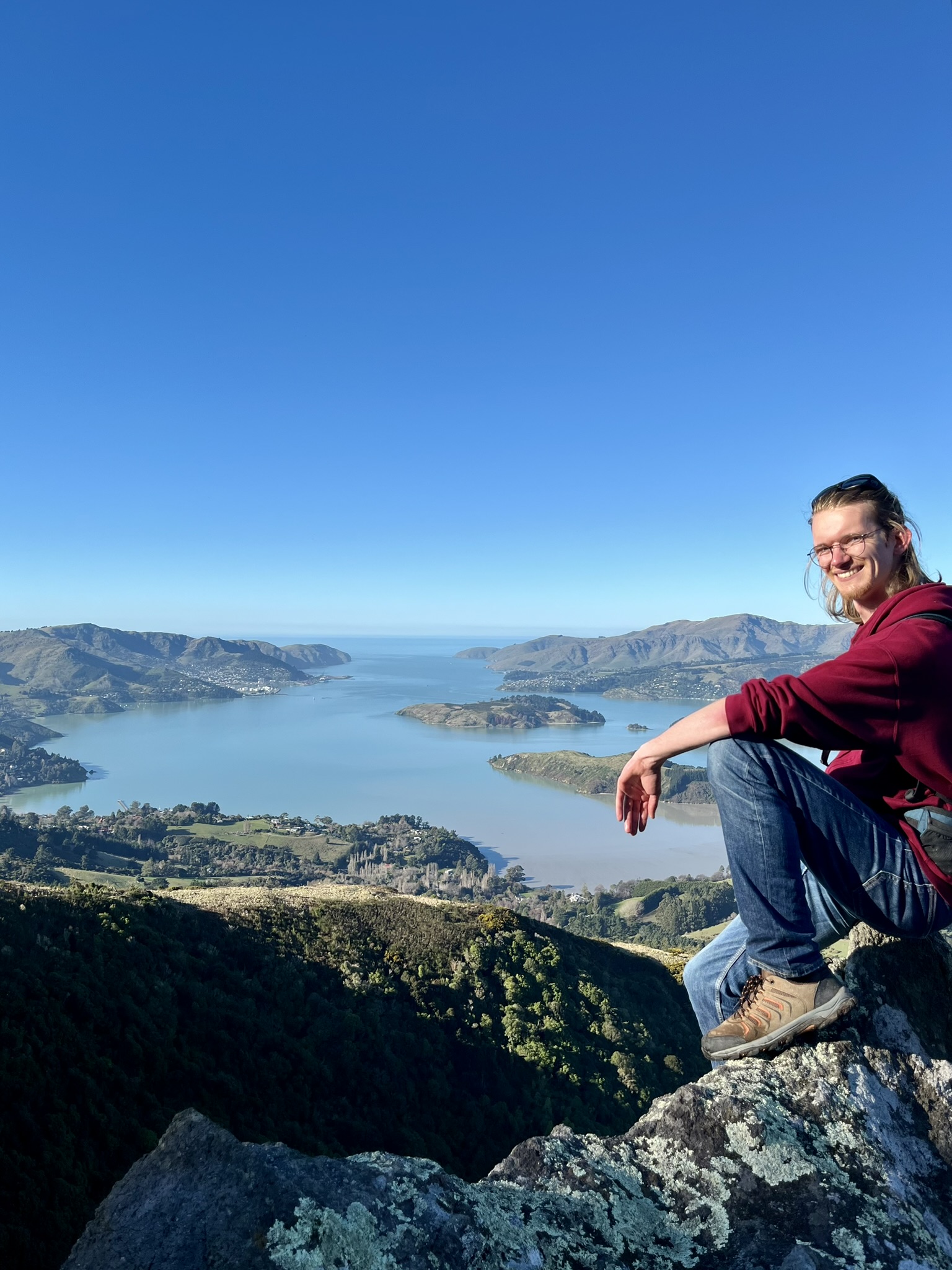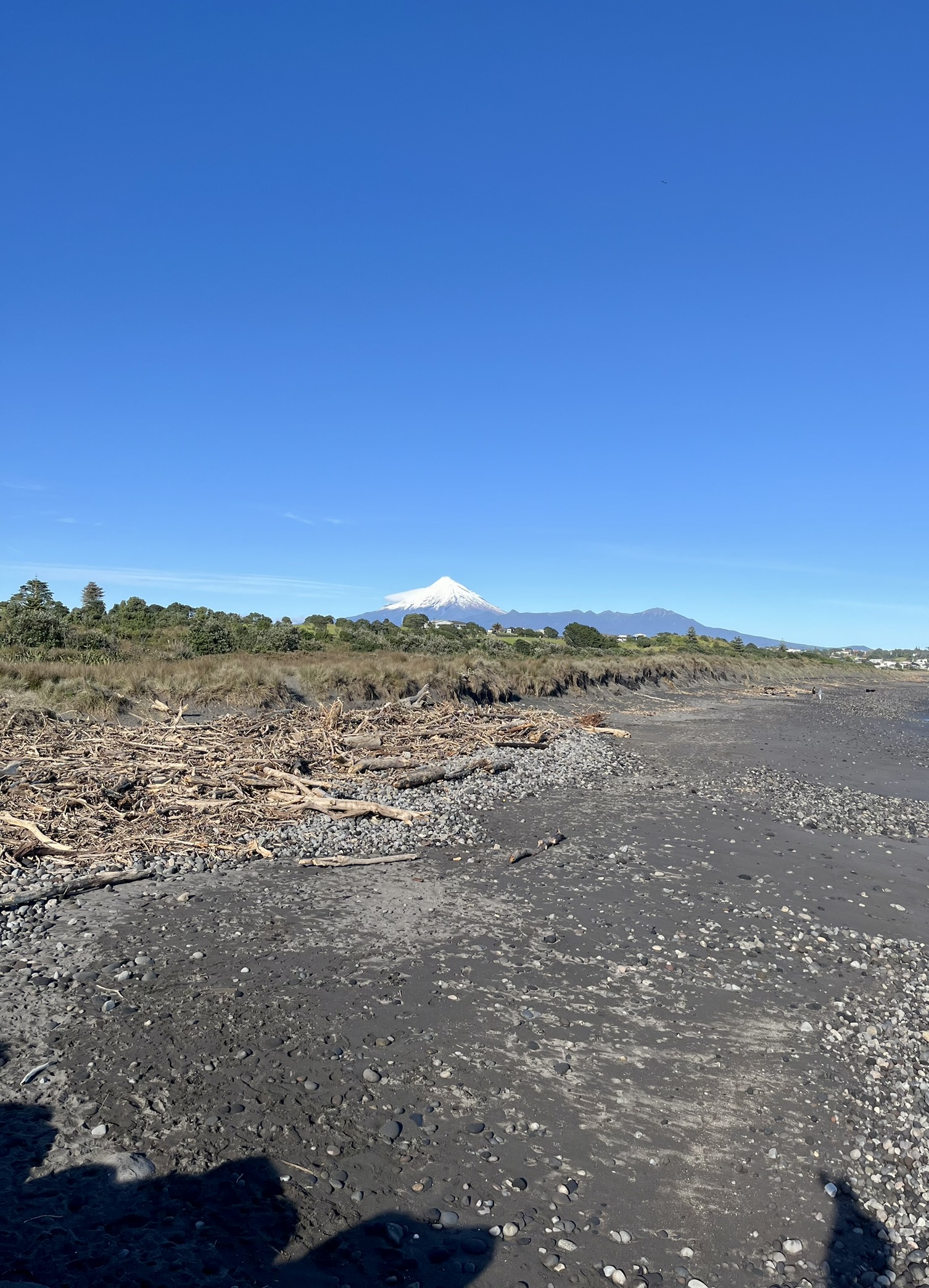A Biological Weekend
The weekend of the 10th and 11th of May was one in the sign of biology and ecology. On the Saturday I participated in my Marine Science field trip up to Whangateau Harbour to survey the population of New Zealand Cockles there (Austrovenus stutchburyi). And our base station just so happened to be the camping where I stayed during my Open Water Diving Course.
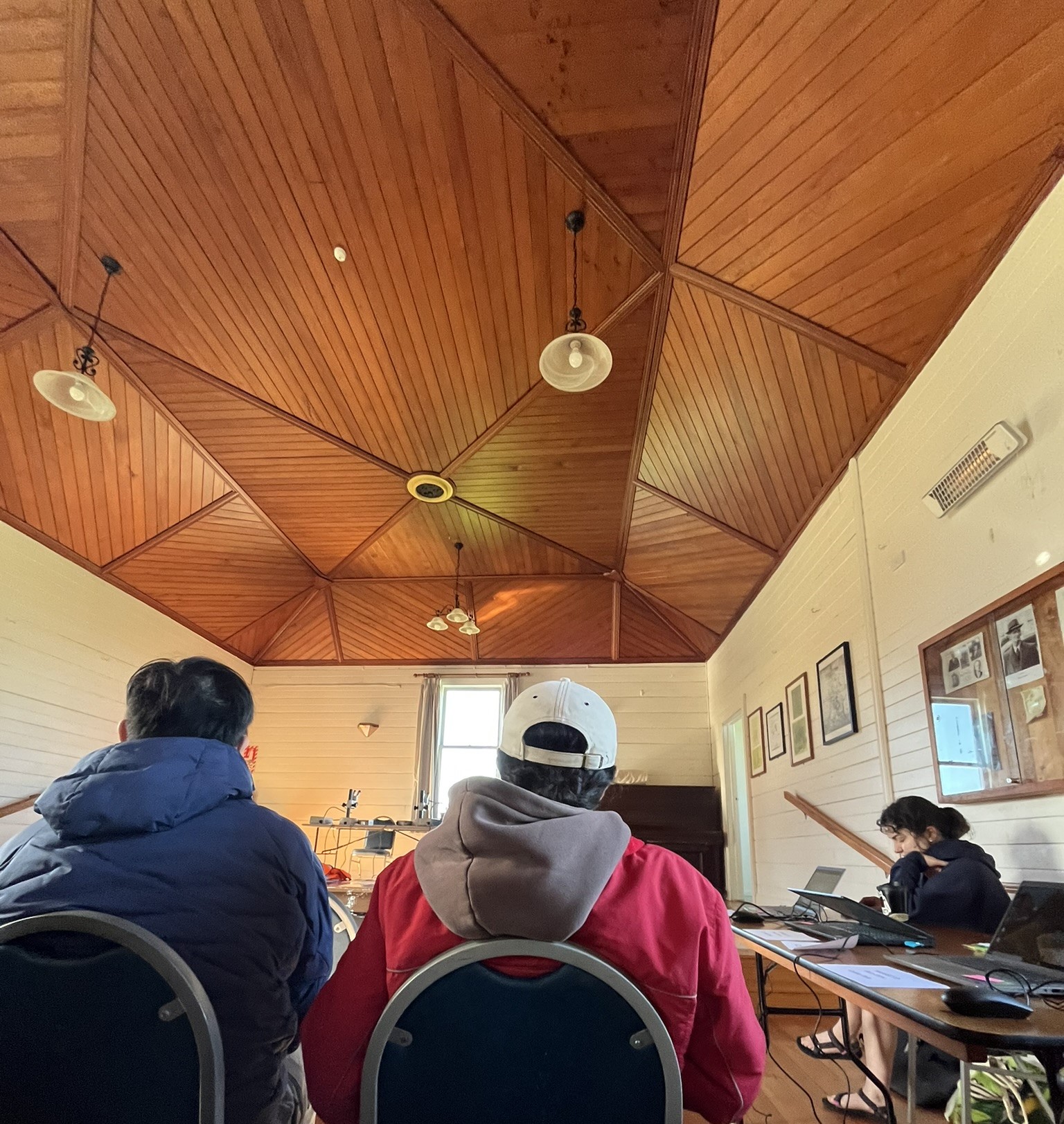 Whangateau Hall, an old community centre
Whangateau Hall, an old community centre
The day started with me walking up to the rented bus up on campus with a bit too much stuff, as usual 😅 Then an hour and a bit of a bus ride north mostly listening to audiobooks on the way (the library here have a wonderful free audiobook app, and most of the offering is in English which I prefer). When we arrived, we gathered in the old community centre, where we got an overview of what to expect from the survey work and how we would go about it. Then we split into groups, and I managed to join in with the Canadian couple which were on the Mangawhai trip, and a nice pair of Brits.
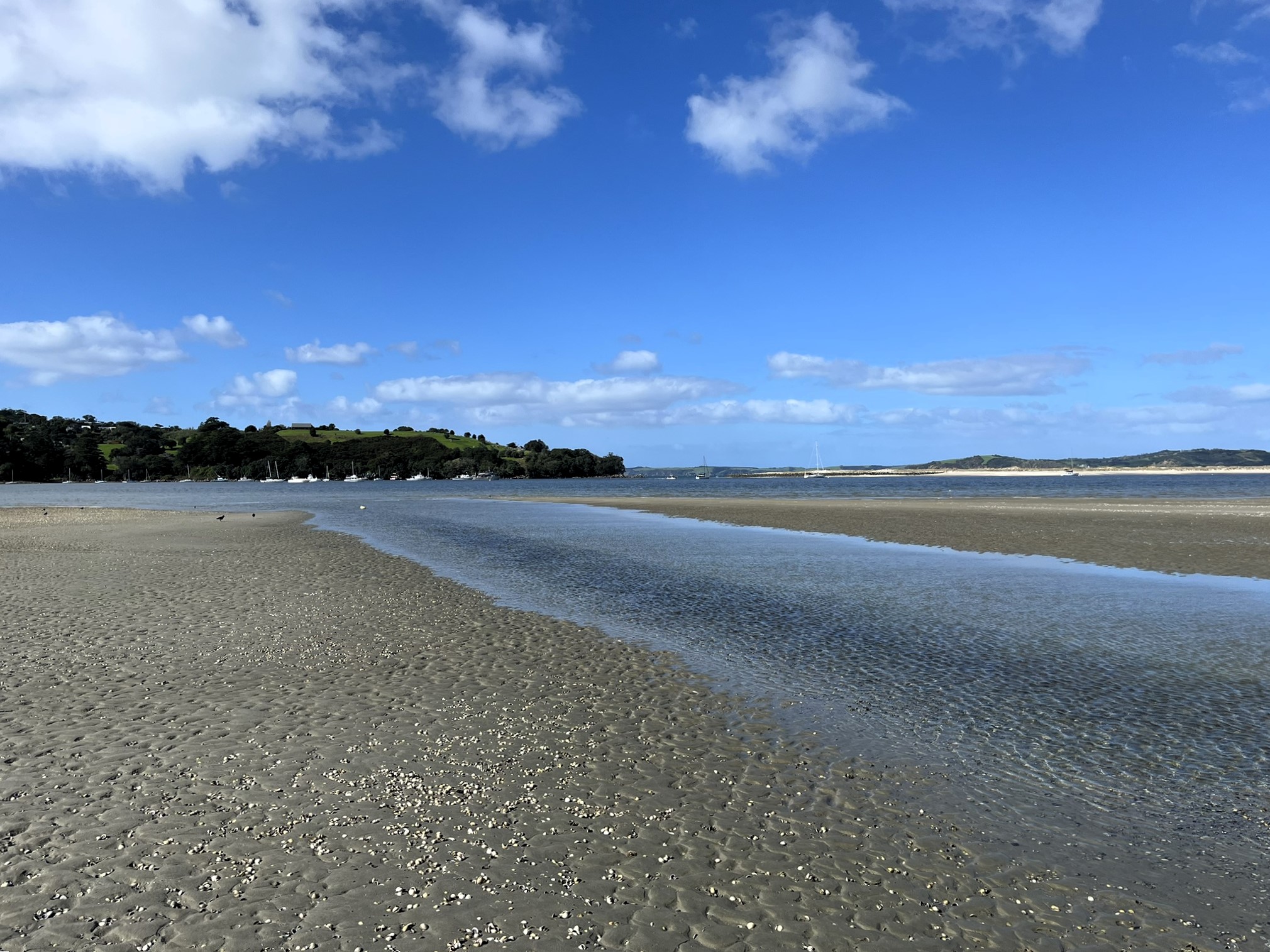
And then we were off, walking out on the sand flats along the shore for maybe 10 minutes until we reached our transect and started the surveying work. This consisted of haphazard sampling (a fancy term for chucking a square metal frame over your shoulder to decide where to sample) and then digging out the sand and all the little critters in it down to a depth of 10 cm. All this material was then sieved in one of the nearby channels and so the cataloguing could begin. We counted and identified all living organisms that was left in our sieve, and measured the length of all the cockles and pipis (shellfish). This process was then repeated five times with a 100 meters gap between the sampling stations, which in total probably took us close to two hours.
 The 25x25 cm sampling quadrant
The 25x25 cm sampling quadrant
The remaining two-ish hours out at the harbour was spent entering all our data into a common spreadsheet, and then having a bit of a picnic eating our lunch and just having a nice chat. And then a bus ride home with a surprisingly tired class.
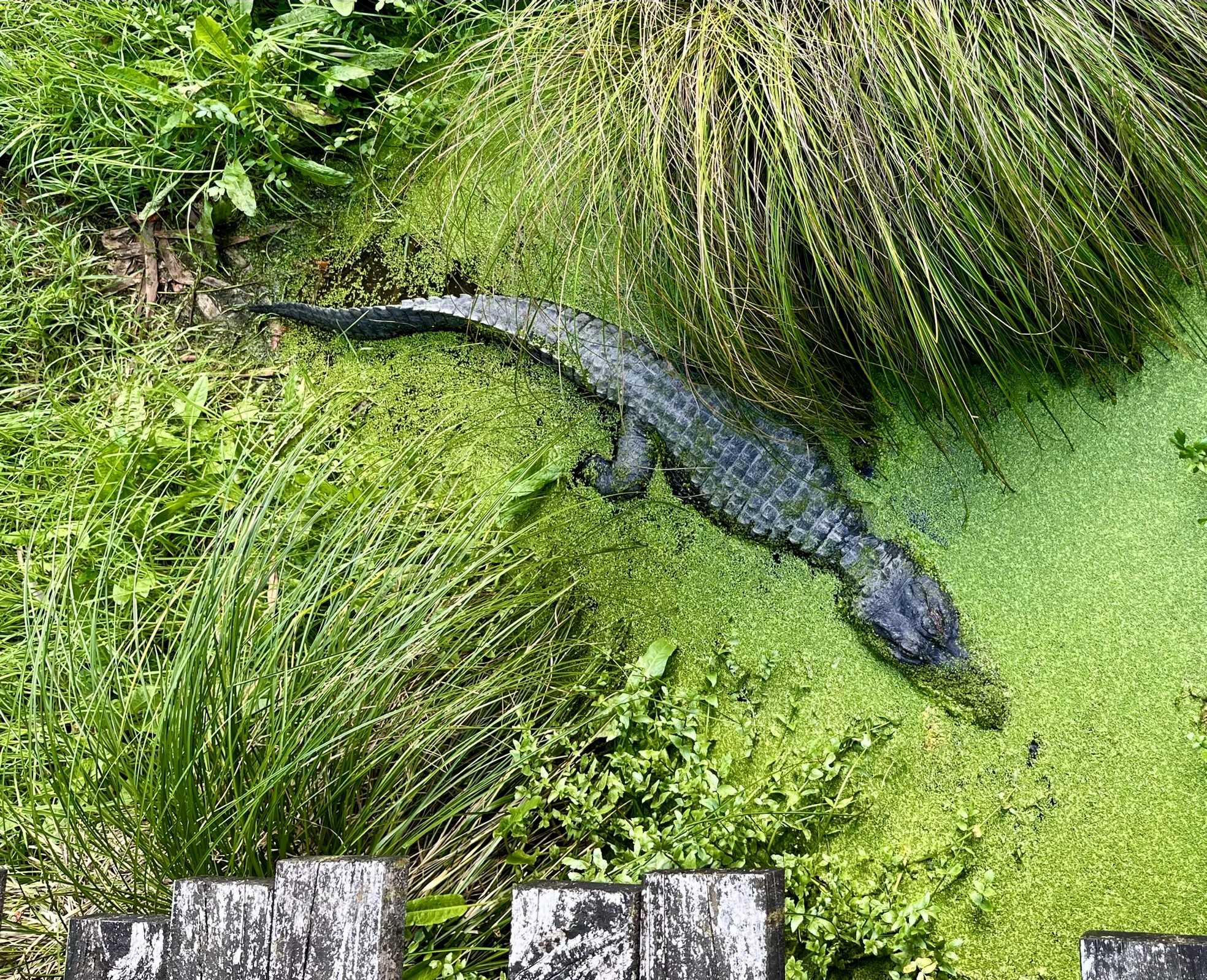 No it is not a wild crocodile 😅 remember that there are no native predators here
No it is not a wild crocodile 😅 remember that there are no native predators here
Sunday morning I rose a bit slower than would have been optimal, and as such I had a bit of a stressful morning getting everything prepared for the day’s trip, the Auckland Zoo. I would probably not have got out on another trip this weekend if it wasn’t for Simon, and I’m really happy that I did go.
Auckland Zoo is a short walk and a 20 minute buss ride from where I live, and actually really cheap if you are both an Auckland resident, and a student. And lucky for me, I’m both for at least a little while longer. We arrived at the zoo around 11:15 in the morning, which turned out to be the perfect timing to get to see a little grumpy Red Panda getting feed grapes.
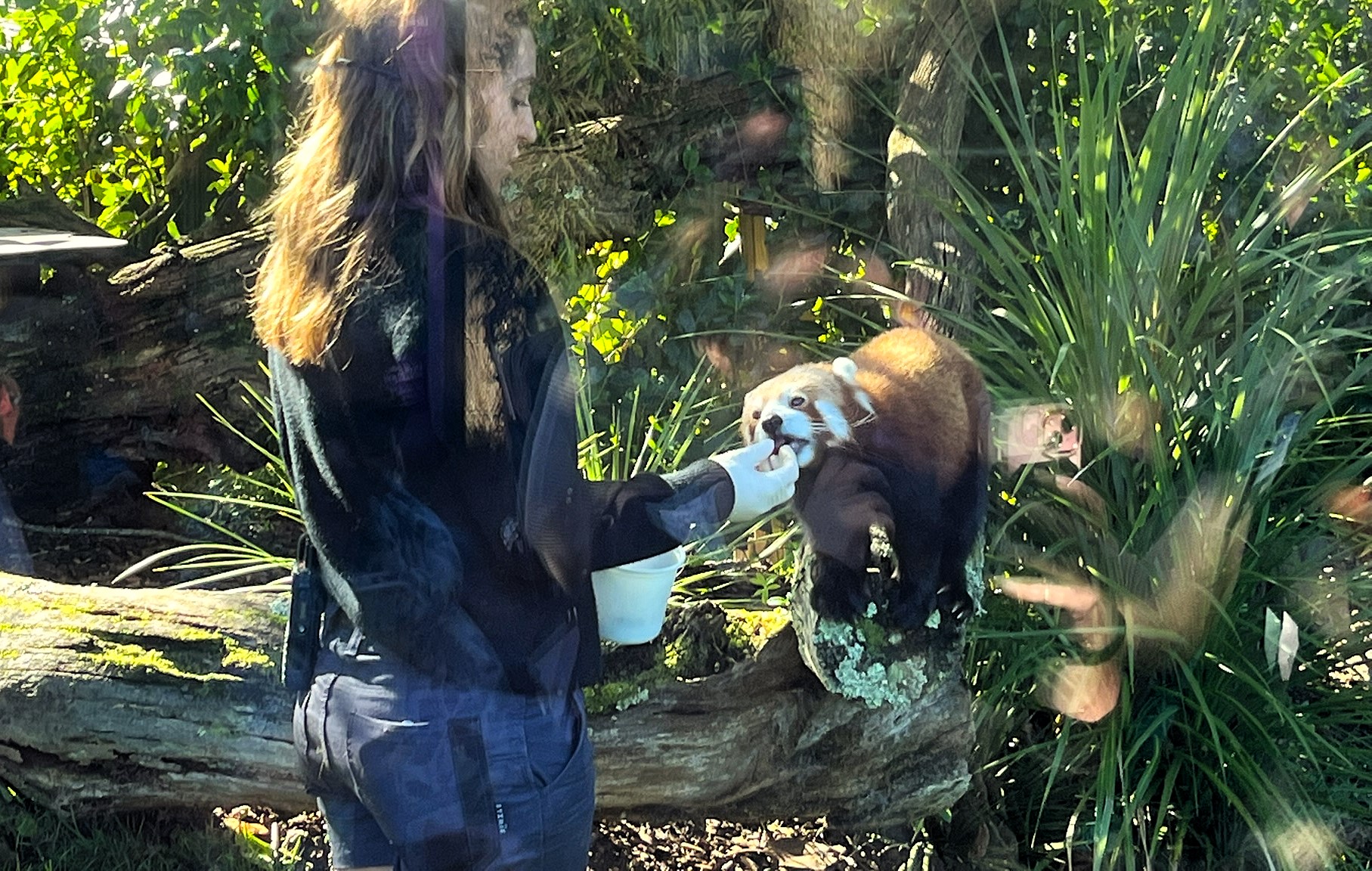
Next we moved through the Australian section (which surprise surprise was not as impressive as Taronga Zoo in Sydney) and just happened to arrive in the South American section in time for a very large and bright parrot to swoop by as part of a bird show. We then hastened through South American seeing Galápagos Turtles maybe a meter away, and then a ton off monkeys.
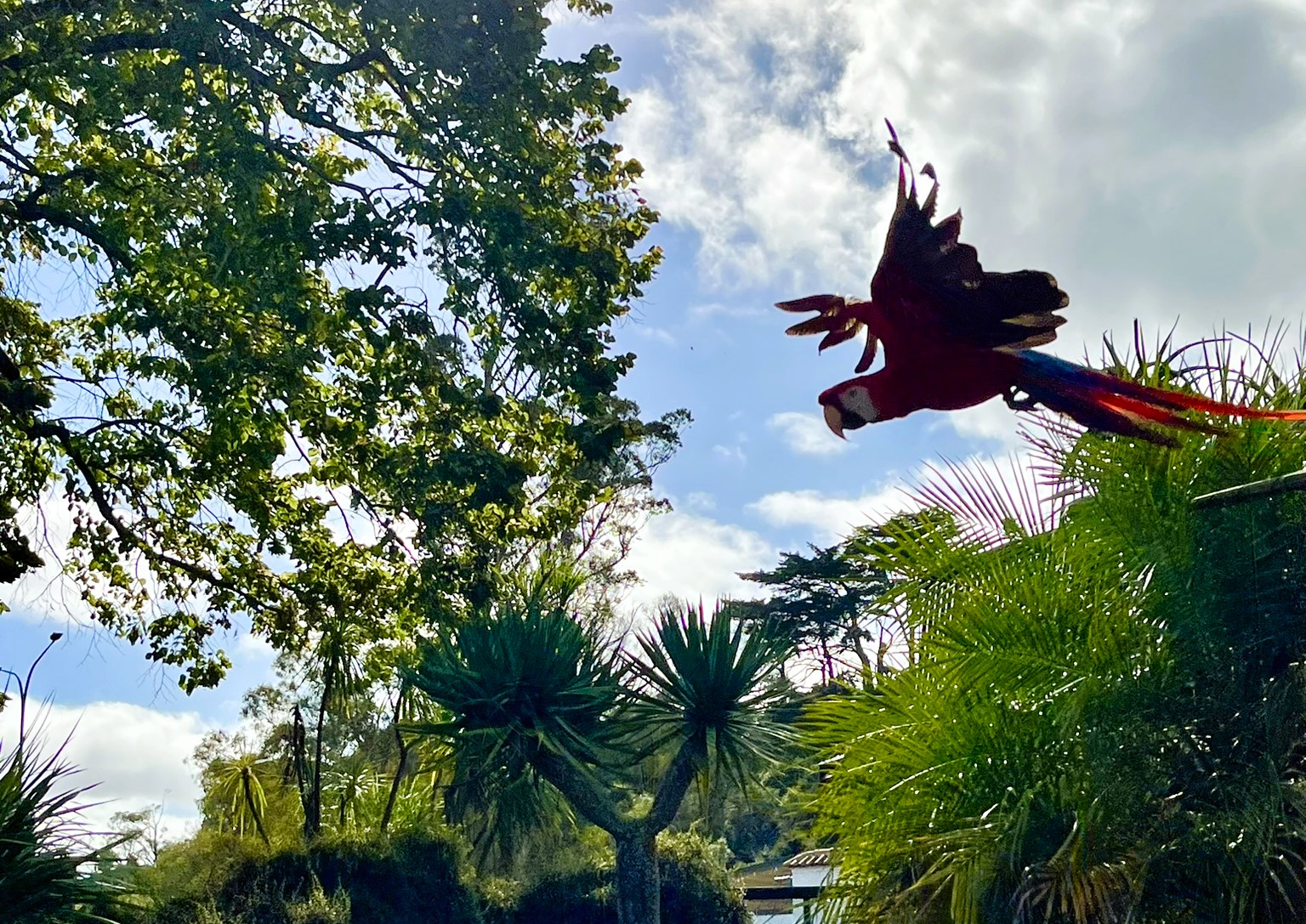
No rest for the wicked as we left South America in a hurry to reach the most important showcase in time, the Kiwis. They were definitely a sight worth seeing, and one I am sorry to say I can’t share, as they are nocturnal and therefore their exhibit was in almost complete darkness. Meaning, no nice photos. But oh, they are such funny birds, walking with a loping step like something out of a kid’s cartoon. And they are surprisingly large, the fluff balls.
Then we continued next door to a showcase of other native species, from birds of prey, to Tuatara (looks like lizards but are their completely own evolutionary branch of reptile) and Wētā which is the world’s heaviest insect at over 10 cm long. Another highlight followed in the form of New Zealand’s other famous birds: the Kea, windscreen wiper eating alpine parrot, and the Takahē, a bird that look a bit like a heavy set feathered dinosaur, slightly larger than a turkey.
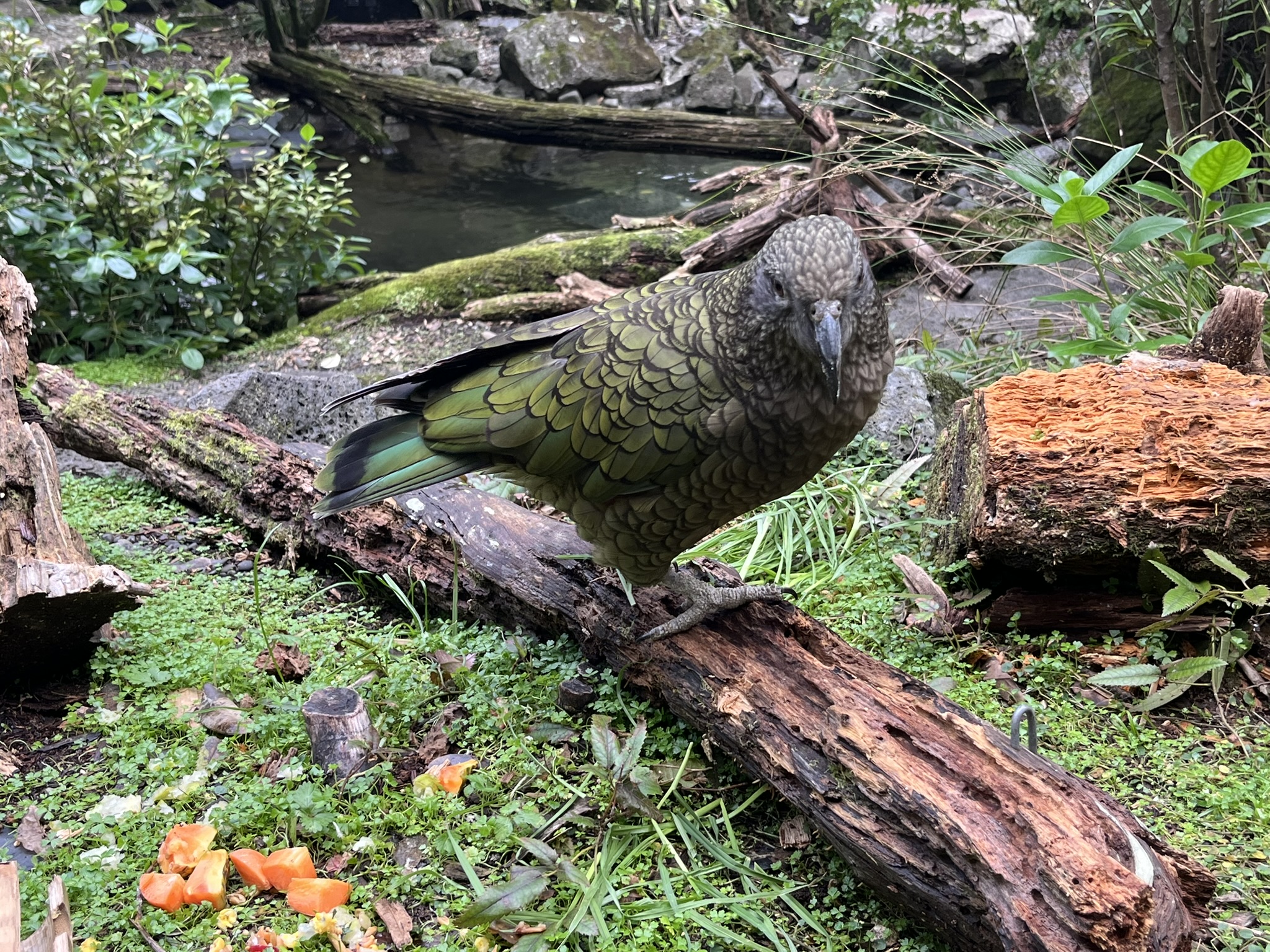
Our final stop in New Zealand was the tiny and very cute Kororā penguin. They were such little characters, first all huddling under their boat, and then when prompted by the promise of food, they shyly shuffled forward. All except one of them, who had been heavily imprinted by being hand fed as a chick. He instead was constantly underfoot of the handler, and had to be physically held back from protecting his “mother” from the other penguins.
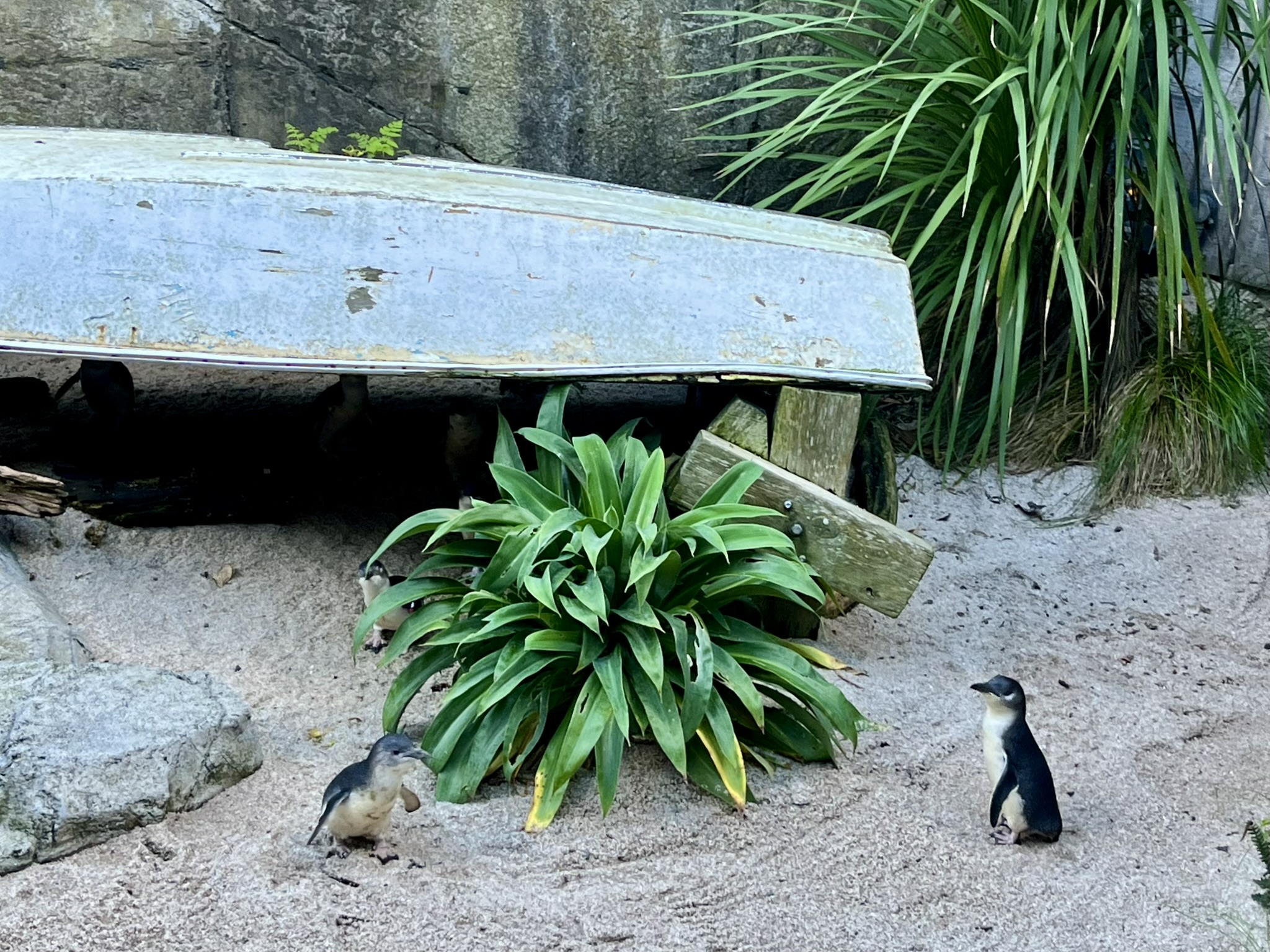
Then we did a final sweep of the park, seeing the African savanna and the jungles of South East Asia, finishing on the really spectacular sight of two Sumatran Tigers resting in an elevated bridge above the path as we made our way out (was a slightly nervous walk going below them).
So all in all a nice weekend with a heavy biology, or maybe ecology focus.
